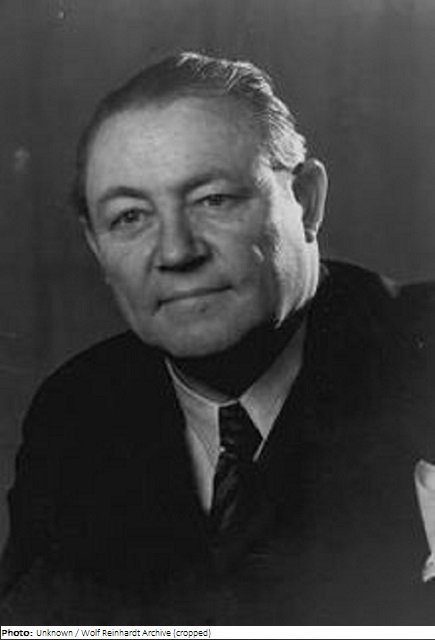
| Roles | Competed in Olympic Games |
|---|---|
| Sex | Male |
| Full name | Otto Ernst•Schweizer |
| Used name | Otto Ernst•Schweizer |
| Born | 27 April 1890 in Schramberg, Baden-Württemberg (GER) |
| Died | 14 November 1965 (aged 75 years 6 months 17 days) in Baden-Baden, Baden-Württemberg (GER) |
| NOC |  Germany Germany |
Otto Ernst Schweizer was first trained as a field surveyor before studying architecture in Stuttgart and then in München. In 1928, with Alfred Hensel, he was involved in the designs for the Franken Stadium in Nuremberg. In the following years Schweizer was employed in different functions as a construction officer and a university teacher, and was especially known for reconstruction needs in Northern Baden and Northern Württemberg after World War II. Schweizer was also responsible for the planning of a provisional government seat in Bonn.
Schweizer was successful with his design for the stadium in Wien (Vienna) and the foundation stone was laid in November 1928 on the occasion celebrating the 10th anniversary of the Republic of Austria. It was built in less than two years time (1929-31) and officially opened on 11 July 1931 at the 2nd Workers’ Olympics. Schweizer also built the adjacent stadium pool, at the time the largest outdoor pool in Europe. As it was located in the Prater Park, it was given the name Prater Stadium, and initially had a capacity of 60,000 spectators. After many renovations, it has been called Ernst Happel Stadium since 1992, after the famous Austrian football player and coach.
| Games | Discipline (Sport) / Event | NOC / Team | Pos | Medal | As | |
|---|---|---|---|---|---|---|
| 1932 Summer Olympics | Art Competitions |  GER GER |
Otto Ernst Schweizer | |||
| Architecture, Further Entries, Open (Olympic) |